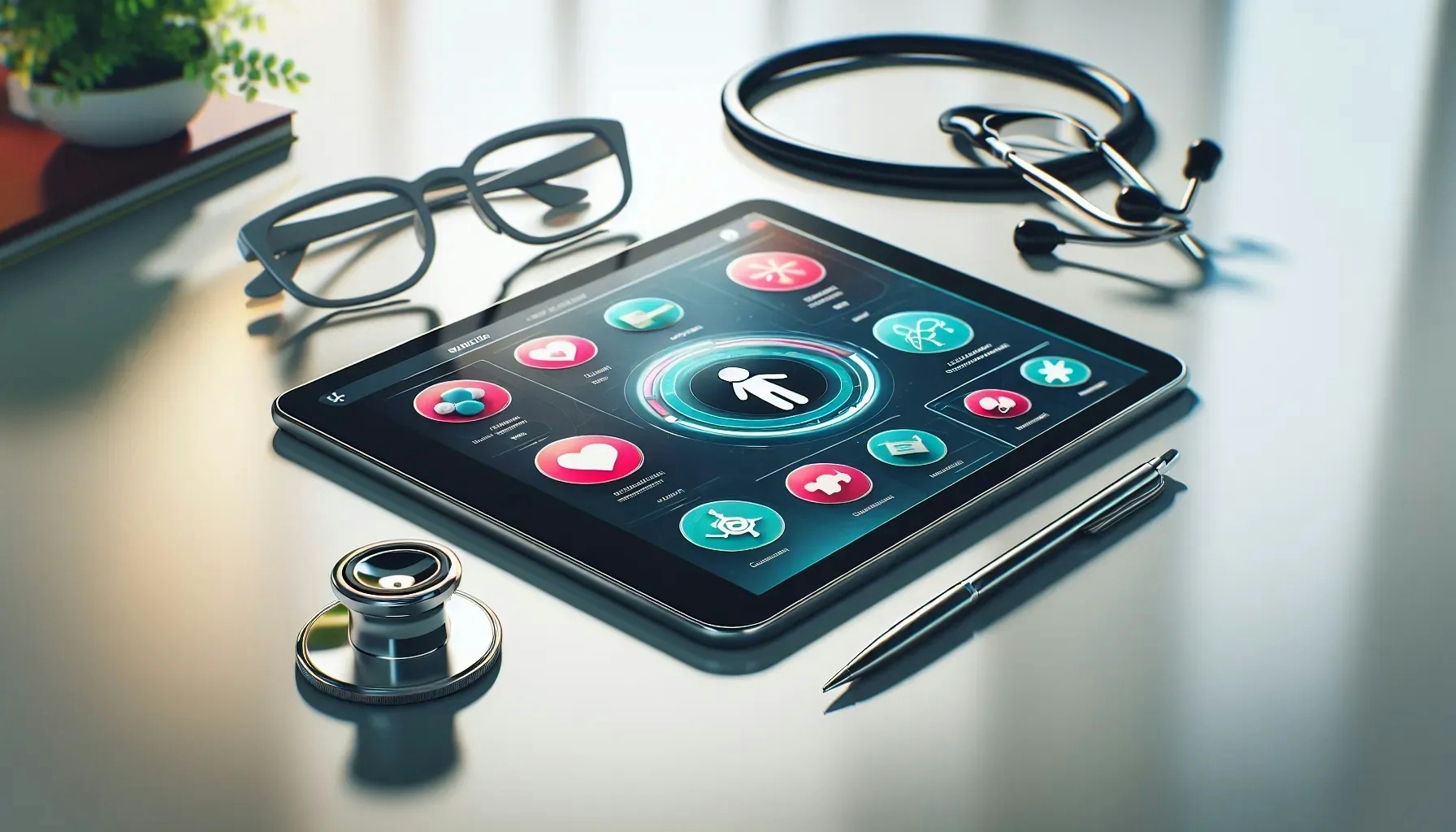What Role Does Technology Play in Enhancing Patient Care in Occupational Therapy?
OccupationalTherapist.io

What Role Does Technology Play in Enhancing Patient Care in Occupational Therapy?
Occupational therapists are increasingly integrating technology into their practice to improve patient outcomes, as evidenced by one therapist's use of teletherapy to enhance engagement. Alongside expert insights, we've gathered additional answers that highlight the diverse ways technology can be leveraged in occupational therapy. From the use of wearable devices for health monitoring to empowering patients with assistive technology, discover the innovative methods that are shaping the future of patient care.
- Enhancing Engagement with Teletherapy
- Customizing Treatment with Digital Tools
- Monitoring Health with Wearable Devices
- Rehabilitation Through Virtual Reality
- Guidance via Therapeutic Mobile Apps
- Empowering Independence with Assistive Tech
Enhancing Engagement with Teletherapy
While doing teletherapy, I use technology regularly to work with elementary and middle-school students. I create my own visual aids and share them through our online platform. It enhances patient care by providing the opportunity for the students to interact with the technology on the screen, while working on visual tracking skills and eye-hand coordination. Using technology also keeps the students very engaged and motivated during sessions. I have found it is a very fun, effective, and interactive way to work on their skills and reach their goals!

Customizing Treatment with Digital Tools
Technology serves as a pivotal assistant in occupational therapy by enhancing the organization and customization of treatment plans. It allows therapists to create tailored programs based on patient-specific data, which can increase the effectiveness of the care provided. By leveraging digital tools, therapists can adjust treatment plans rapidly in response to the patient’s progress.
This ability to fine-tune therapy interventions ensures more targeted and efficient patient care. Finally, technology aids in maintaining patient records with greater accuracy, which is crucial for ongoing assessment. Consider how integrating technology could support your occupational therapy practice.
Monitoring Health with Wearable Devices
Wearable devices have become crucial in providing continuous health monitoring for patients undergoing occupational therapy. These devices give therapists insights into their patients' health and activity levels outside of therapy sessions. This constant flow of information can help in recognizing patterns and making informed decisions to enhance treatment outcomes.
Moreover, wearables are often user-friendly, encouraging patients to engage with their own health tracking. These advancements in wearable health technologies offer a bridge between professional care and everyday life. Explore the use of wearable technology to stay informed about your health status.
Rehabilitation Through Virtual Reality
Virtual reality (VR) offers a transformative approach to rehabilitation in occupational therapy, presenting a safe and controlled environment for patients to work on their recovery. With VR, exercises and scenarios can be simulated in a way that is not possible in a traditional therapy setting, allowing for a more engaging and motivating experience for patients. This immersive form of therapy helps patients to practice real-life skills in a virtual setting, which can accelerate their progress.
Moreover, VR can reduce discomfort and anxiety during therapy by providing distractible environments. Delve into the possibilities virtual reality could offer for your rehabilitation needs.
Guidance via Therapeutic Mobile Apps
Occupational therapy has embraced mobile applications as tools to provide personalized therapeutic exercise guidance that patients can access anywhere. These apps can offer step-by-step instructions and create a supportive tool that encourages consistency and adherence to therapeutic routines. They make therapy exercises more interactive and can also help in tracking progress over time.
Easy access to therapeutic guidance through apps means patients can continue their rehabilitation with confidence, even when they are not at the clinic. If you're undergoing therapy, consider using an app to supplement your exercises at home.
Empowering Independence with Assistive Tech
Assistive technology has revolutionized patient care by empowering individuals with disabilities to perform daily tasks with greater independence and security. Innovations such as voice-activated systems, adaptive equipment, and environmental control units can dramatically increase the autonomy of patients in their own homes. By reducing reliance on caregivers for certain activities, assistive tech boosts self-esteem and quality of life.
For caregivers and health professionals, the focus can then shift to more complex therapy needs. If increasing your independence is a goal, research how assistive technology might benefit you.